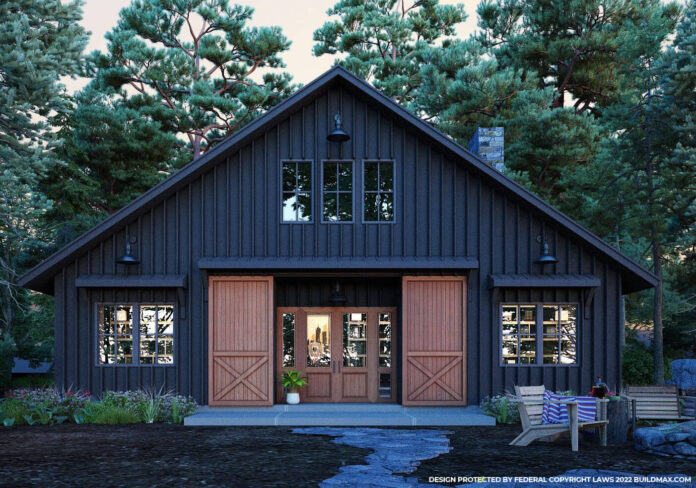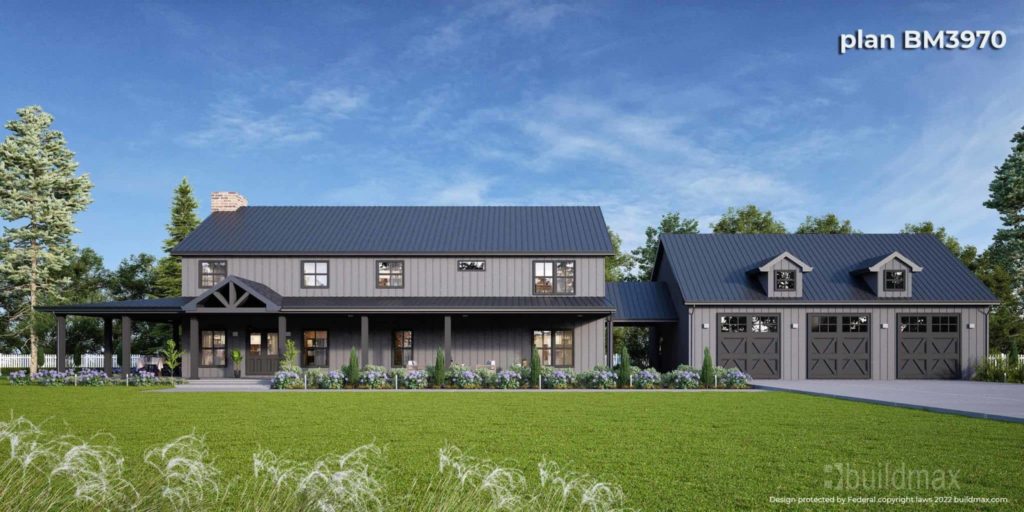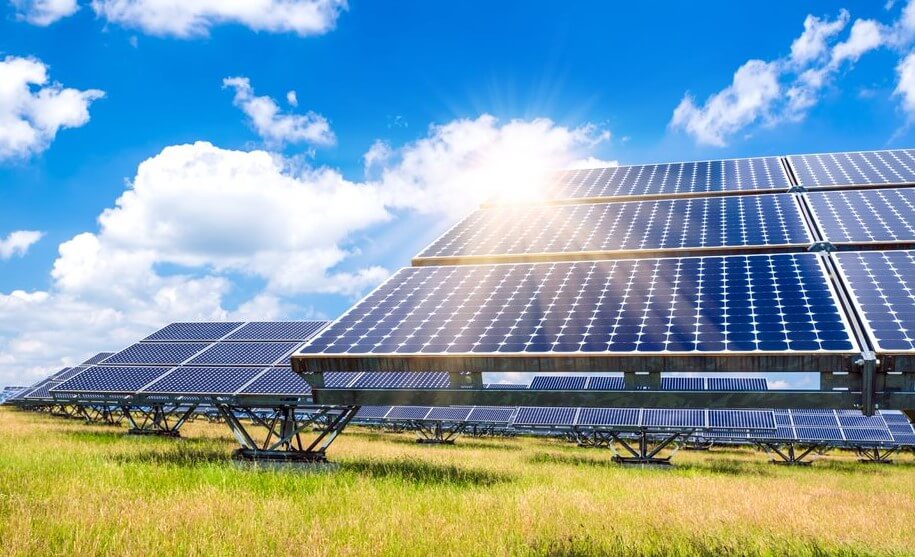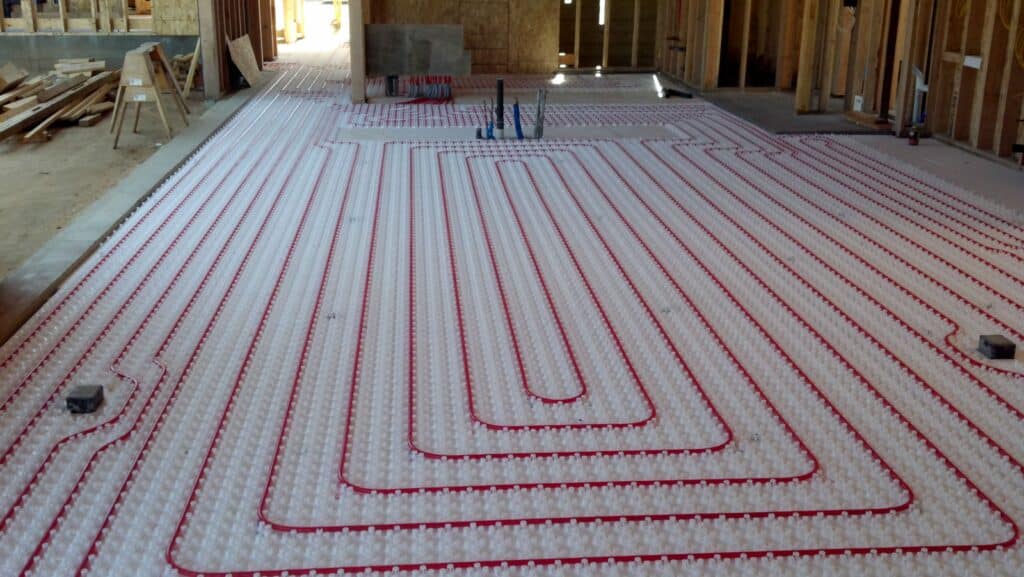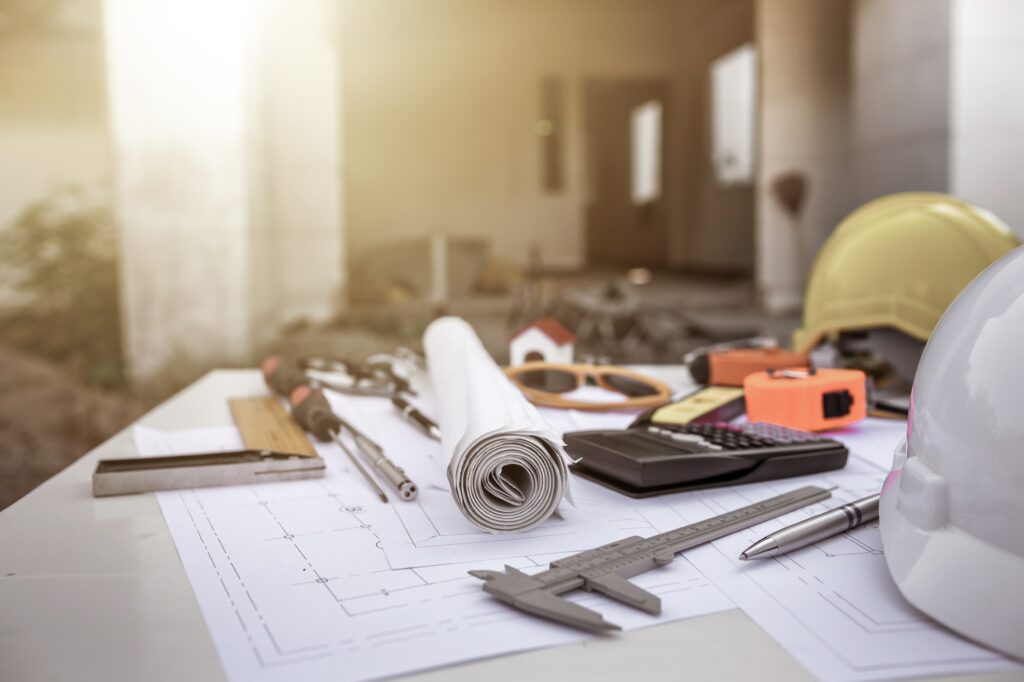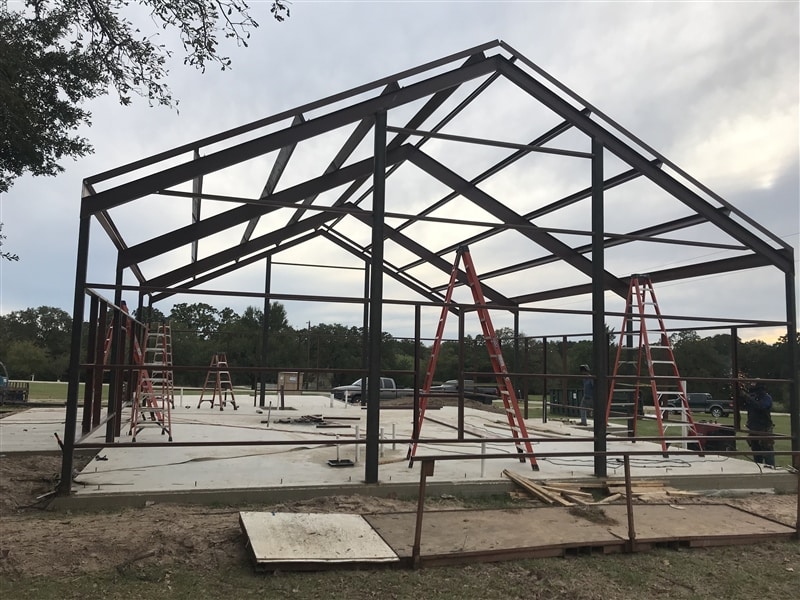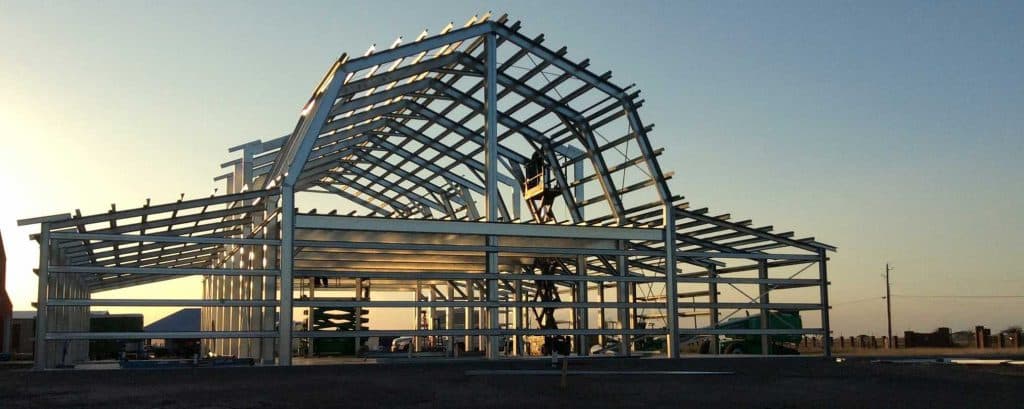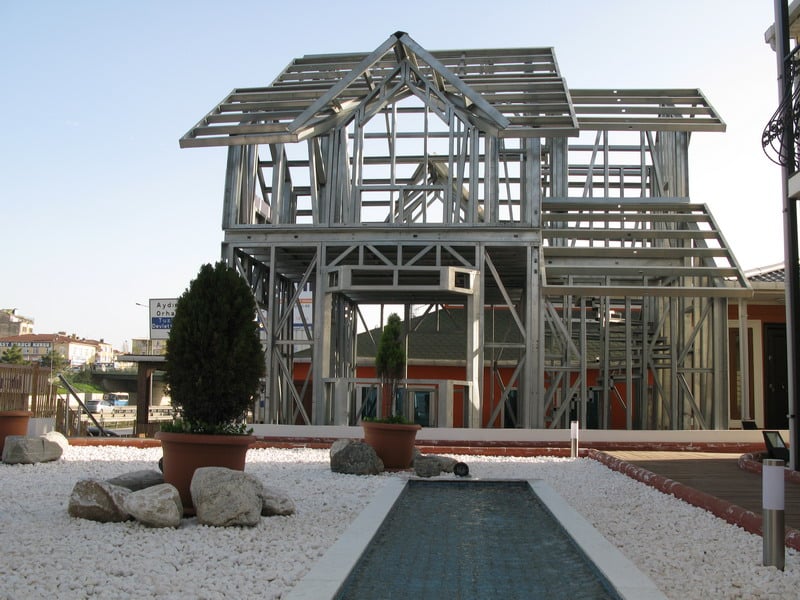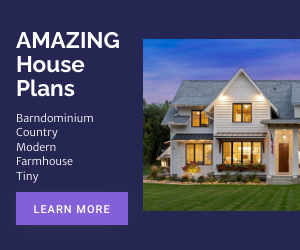Barndominium homes have been gaining popularity in recent years for their unique combination of rustic charm and modern amenities. These versatile structures offer homeowners a wide range of possibilities, from spacious living areas to functional storage spaces. However, one important question that often arises is whether barndominium homes are suitable for cold weather conditions. In this article, we will explore the various aspects of barndominium homes and their performance in cold climates.
Before diving into how suitable a barndominium can potentially be for extreme cold weather, it’s really essential for you to understand what barndominiums are exactly. people often think they know what a barndominium is but in reality they are off the mark. Barndominiums are simply residential structures that combine the aesthetics of a barn with the functionality of a home. That’s it, and They typically feature large, open spaces, high ceilings, and a minimalist design that embraces the rustic and warmest attributes of a barn. While the exterior may resemble a traditional-looking barn at first glance or even 2nd glance, however the moment you peek inside you’ll quickly notice the interior is equipped with all the modern conveniences one would expect in a house.
1. **Energy Efficiency**: Barndominiums may be more energy-efficient than traditional wood homes, helping to keep the home warmer while costing less. This increased efficiency is partly due to their construction materials, as metal is a good conductor of heat. When heated, metal helps to retain warmth within the building, making it stay warmer for longer periods【6†source】【19†source】.
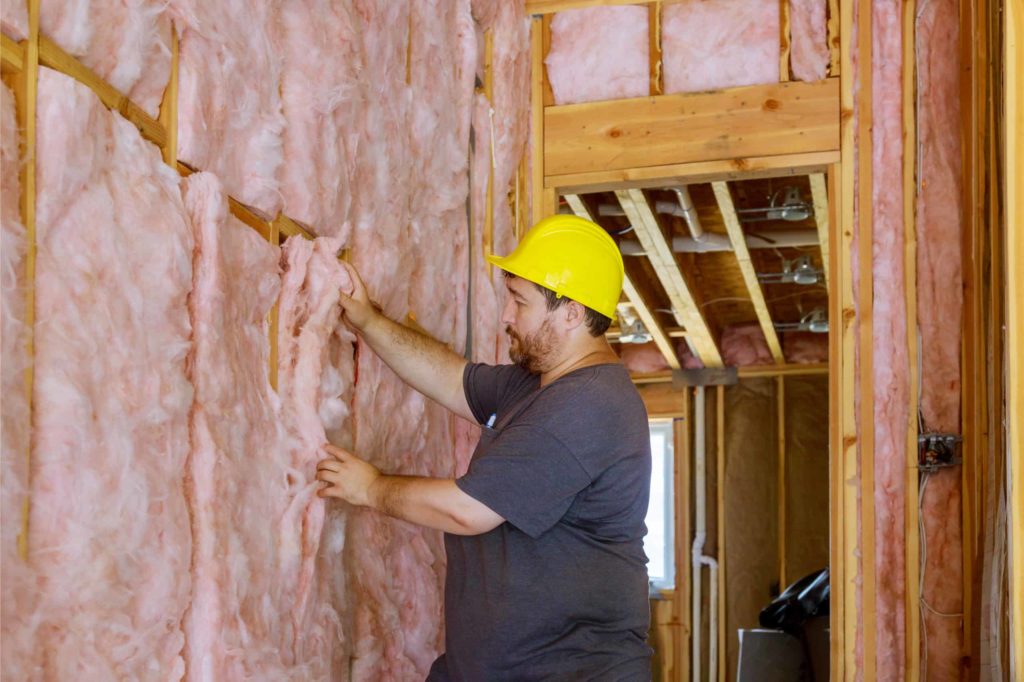
2. **Construction and Insulation**: Steel-framed barndominiums offer advantages in cold climates, such as efficient heat transfer and increased support against snow loads. Their construction methods make them durable and low-maintenance, ideal for colder regions. Moreover, barndominiums are typically well-insulated, and you have the option to choose from various insulation materials when custom building one. The type of insulation used plays a significant role in how well the barndominium retains heat【7†source】【16†source】.
3. **Heating Systems**: Contrary to some misconceptions, barndominiums can be heated in the same way as traditional homes. A variety of heating options are available for barndominiums, including furnaces, radiant heating systems, HVAC units, heat pumps, fireplaces, wood-burning stoves, boilers, and space heaters. This flexibility allows for efficient heating tailored to the specific needs of the barndominium and its location【17†source】.
4. **Design and Layout**: The open and spacious layout common in barndominiums is beneficial for efficient heat distribution. With proper insulation and a suitable heating system, a comfortable temperature can be maintained throughout the entire space, which is advantageous in cold weather【8†source】.
5. **Foundation and Heating Options**: Barndominiums are often built on concrete slab foundations, which are suitable for using radiant heat as a heating option. This can be particularly effective in cold climates【9†source】.
6. **Material and Thickness Considerations**: Attention should be paid to the type of metal used in the barndominium’s construction and its thickness. Thick steel, for example, is good for insulation and heat retention, essential in cold weather. The gauge of the steel used can be crucial in determining how well the building will hold heat, with 26 gauge or thicker steel being recommended for colder climates【18†source】.
In summary, barndominiums, with their energy-efficient design, versatile heating options, and robust construction, are well-suited for cold weather conditions. Their ability to retain heat, combined with the flexibility in choosing insulation and heating systems, makes them a viable and potentially more economical option compared to traditional wood homes in colder climates.



